Nội Dung Chính
(Page 54)
V. LISTENING
A radio talk about urbanisation
1. Choose the correct meanings of the underlined words. 
1. House prices in big cities are increasing rapidly because too many people want to buy their own house.
A. very quickly
B. very slowly
2. The rural population is decreasing because more and more people are moving from the countryside to cities.
A. going up
B. going down
3. The public transport is not very reliable, so many people use their private vehicles.
A. can be trusted
B. can be expensive
2. Listen to a radio talk about urbanisation. Choose the correct answer A, B, or C.
1. What is the talk about?
A. Urban population.
B. Advantages of urbanisation.
C. The world's urbanisation.
2. How has the urban population changed over the past few decades?
A. It has grown rapidly.
B. It has decreased gradually.
C. It has increased slightly.
3. Which chart shows the percentage of the world's urban population now?

urban poputation
rural poputation
4. Which of the following is mentioned as an advantage of urbanisation?
A. City residents have better health.
B. City dwellers can afford expensive houses.
C. Buses and trains run more often.
5. What does the speaker say about the air quality in big cities?
A. City residents can develop health problems if exposed to air pollution over a long period.
B. Air quality is improving because the number of private cars has decreased.
C. Smog and higher carbon emissions in the air are making traffic conditions worse.
3. Listen to the talk again and answer the questions. Use no more than THREE words and/or a number. 🎧
1. What was the percentage of the world's urban population in 1950?
2. By which year is it expected that about 70% of the world's population will live in cities?
3. What are good schools and modern hospitals examples of?
4. Apart from housing, what is more expensive in cities?
4. Work in groups. Discuss the following question.
What do you think is the biggest advantage of urbanisation?
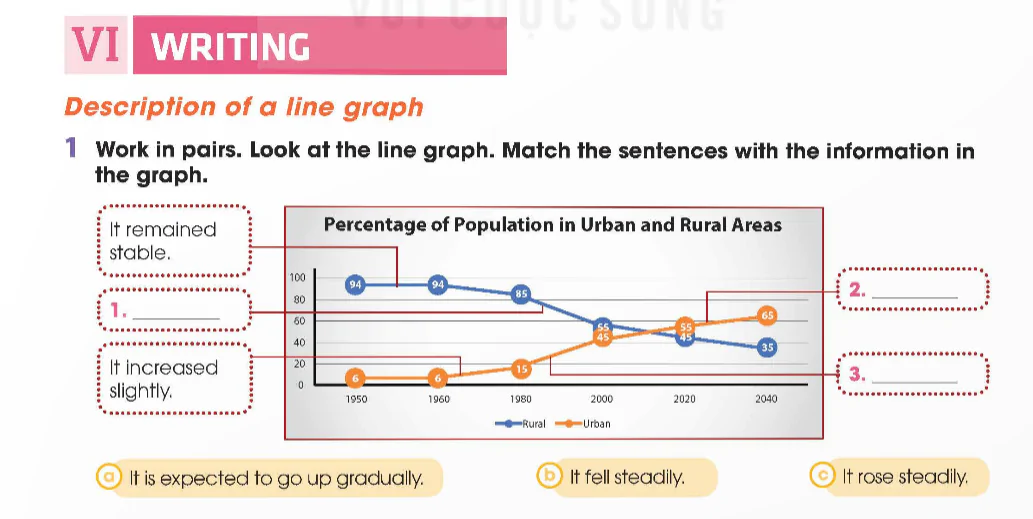
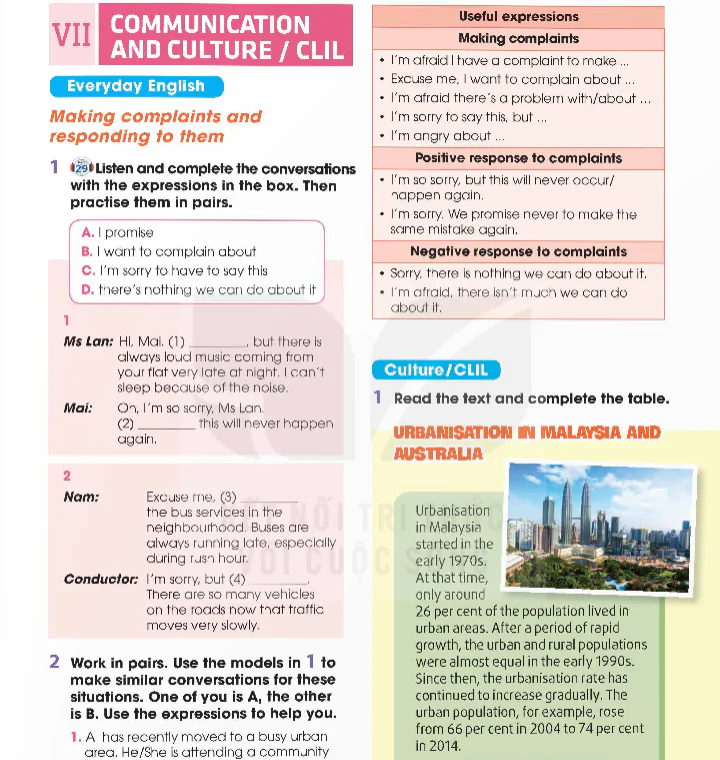
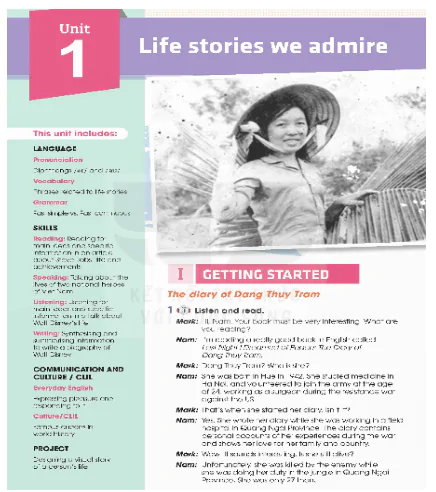
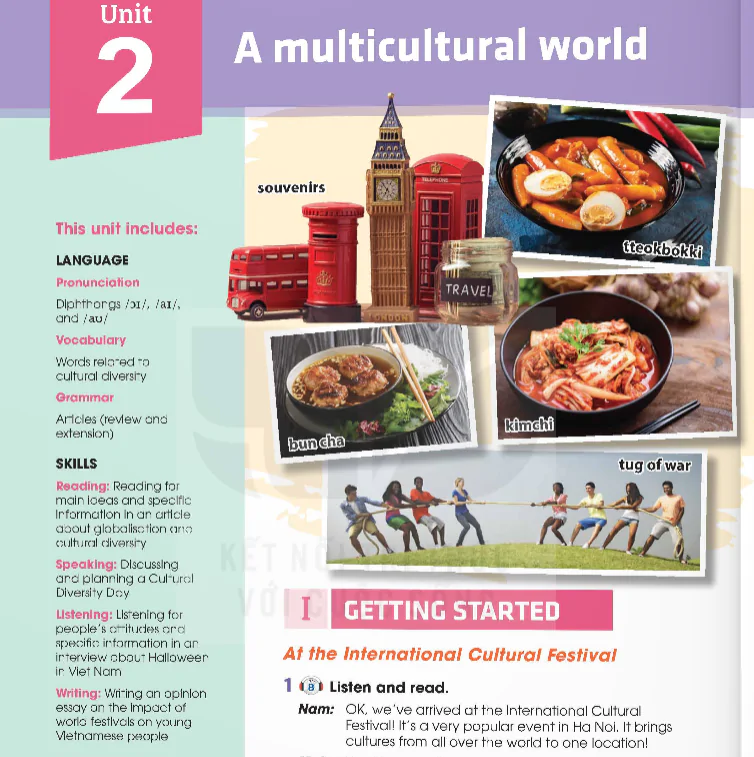
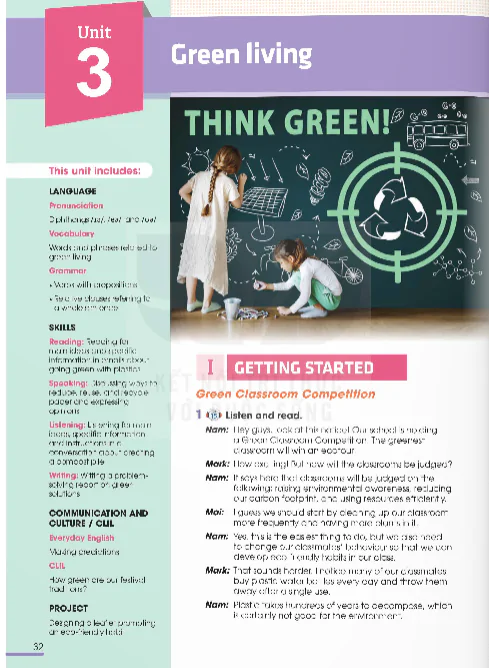
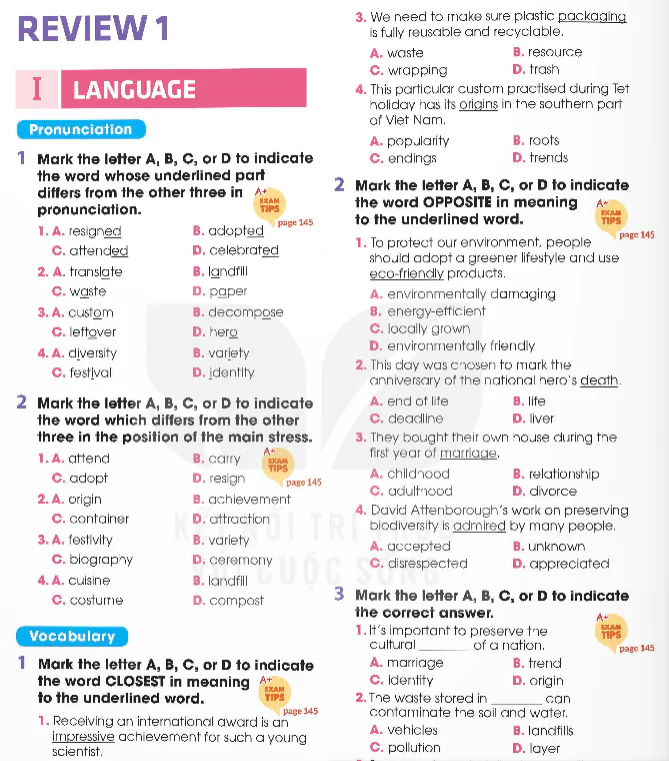
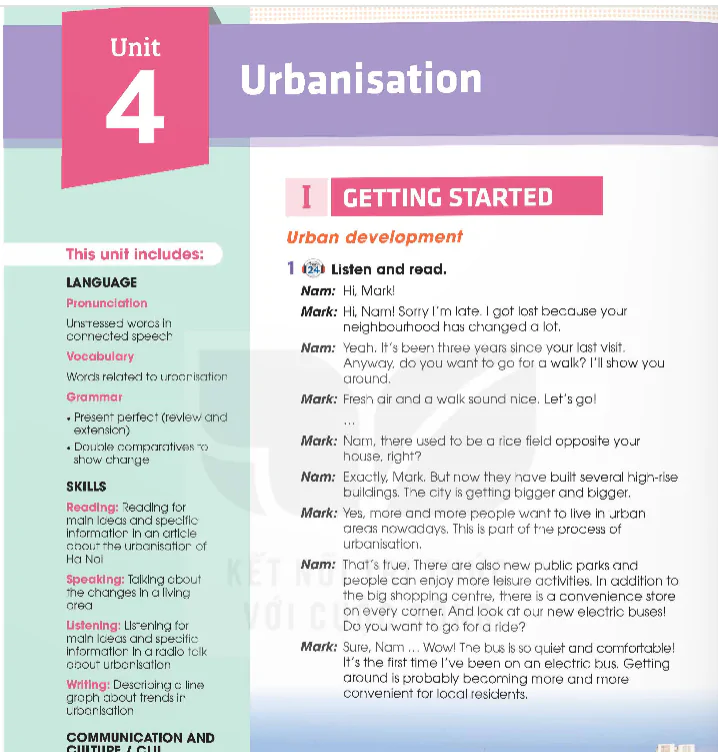
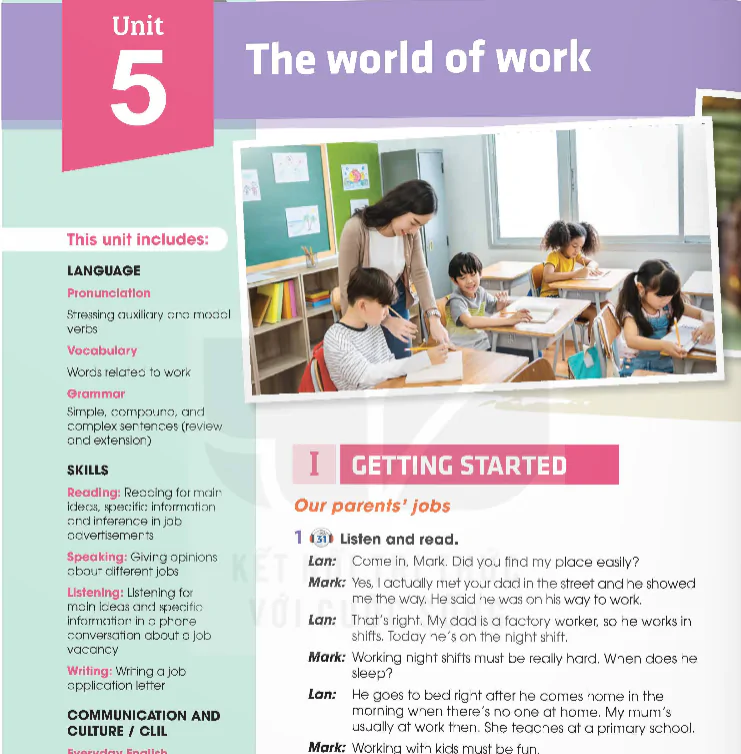
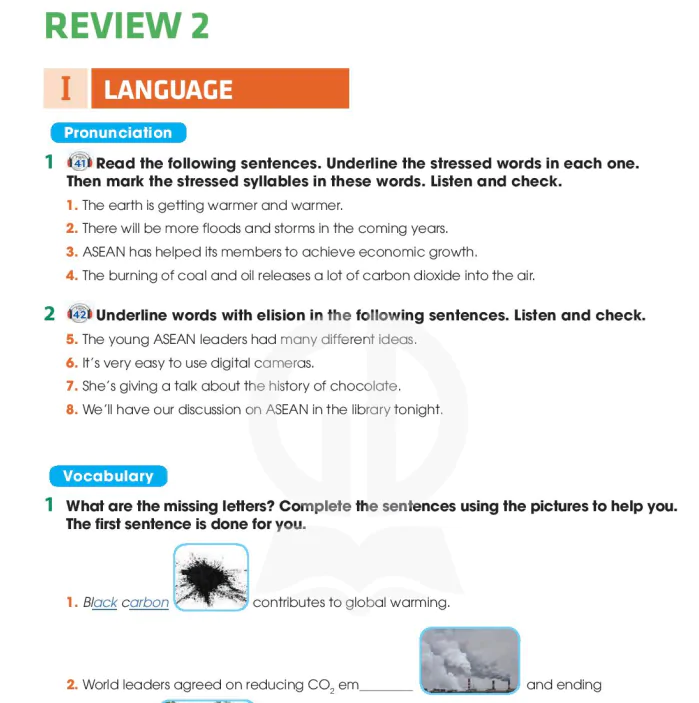



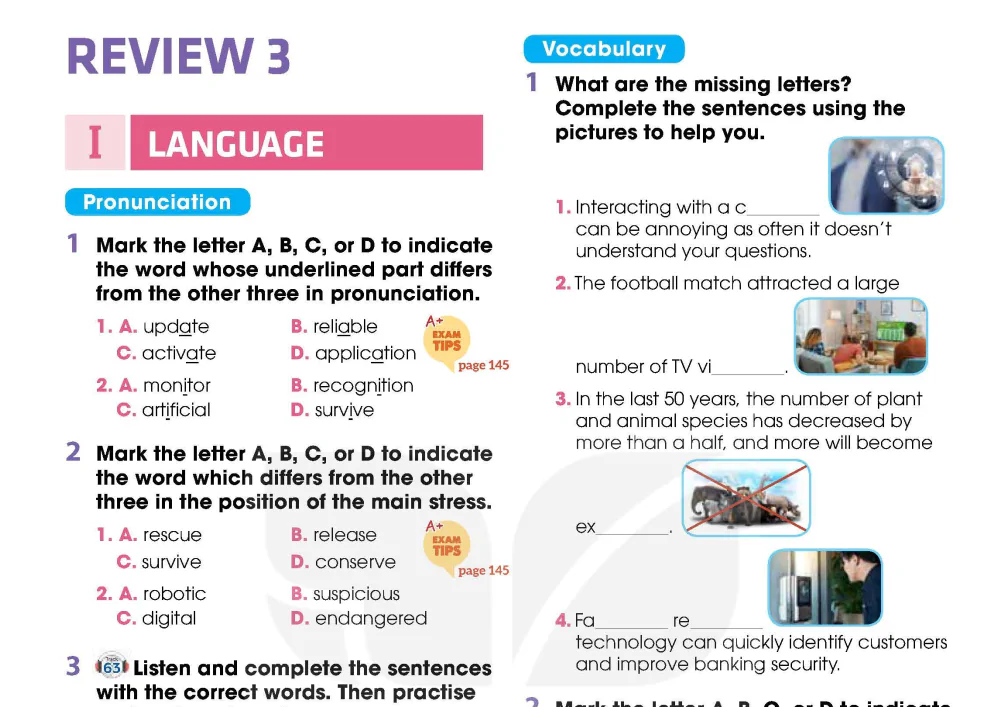

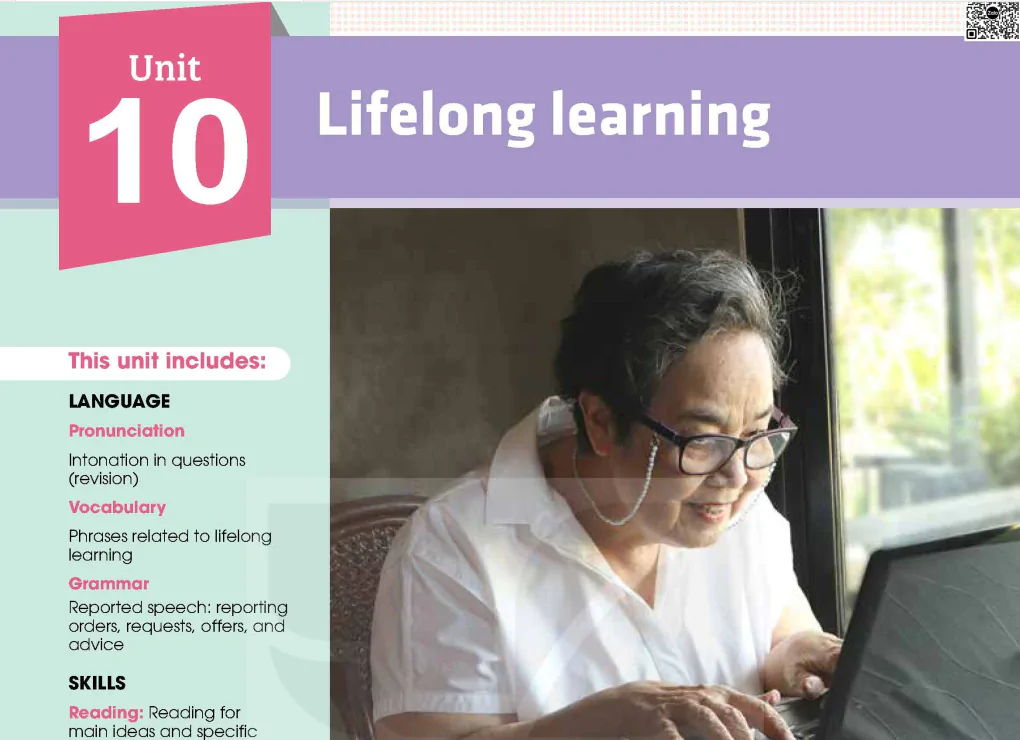
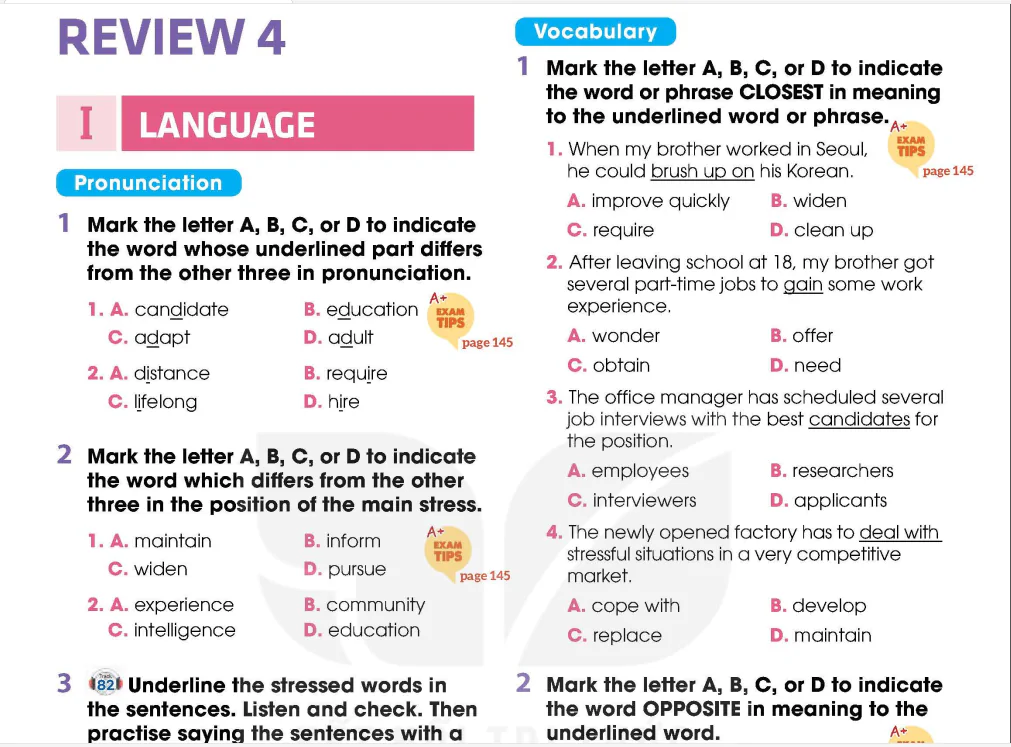

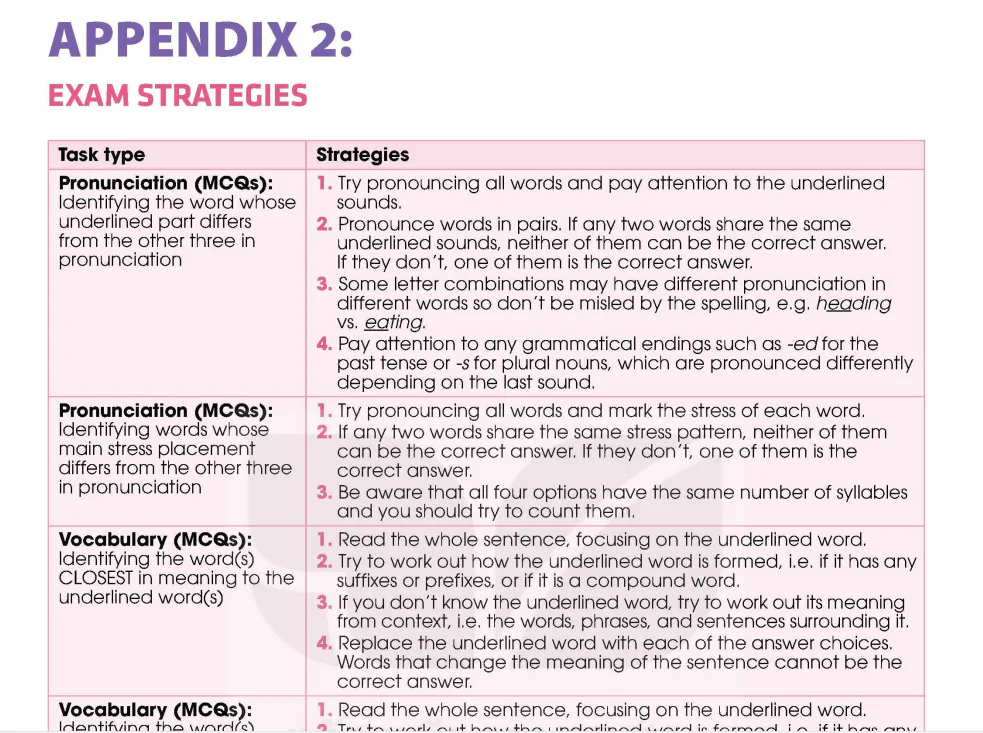
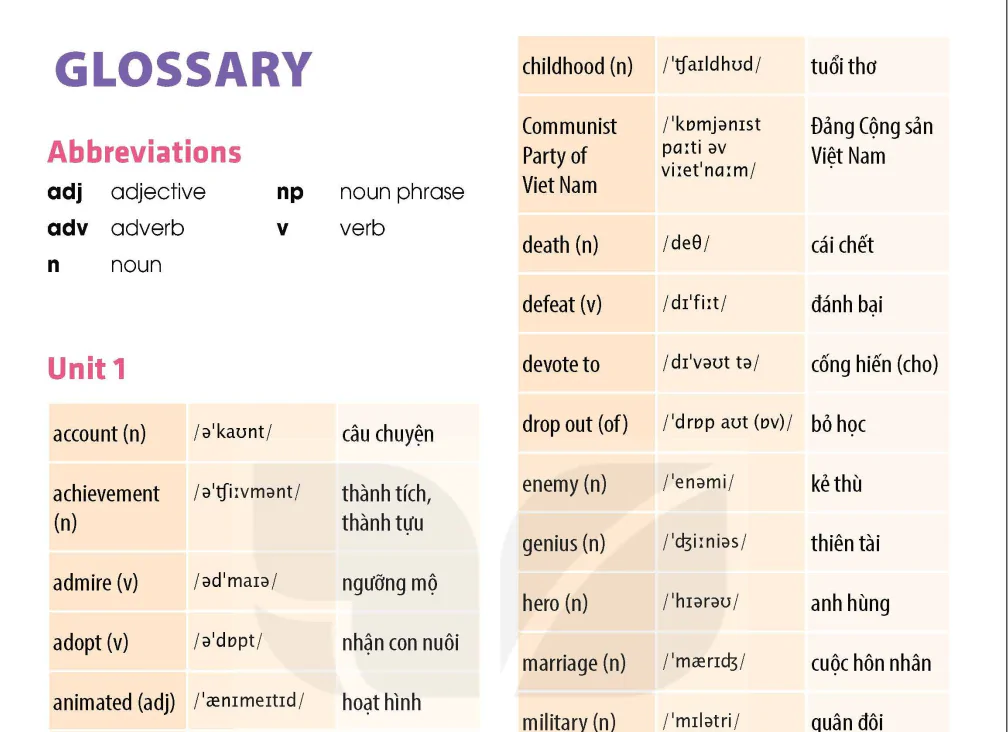


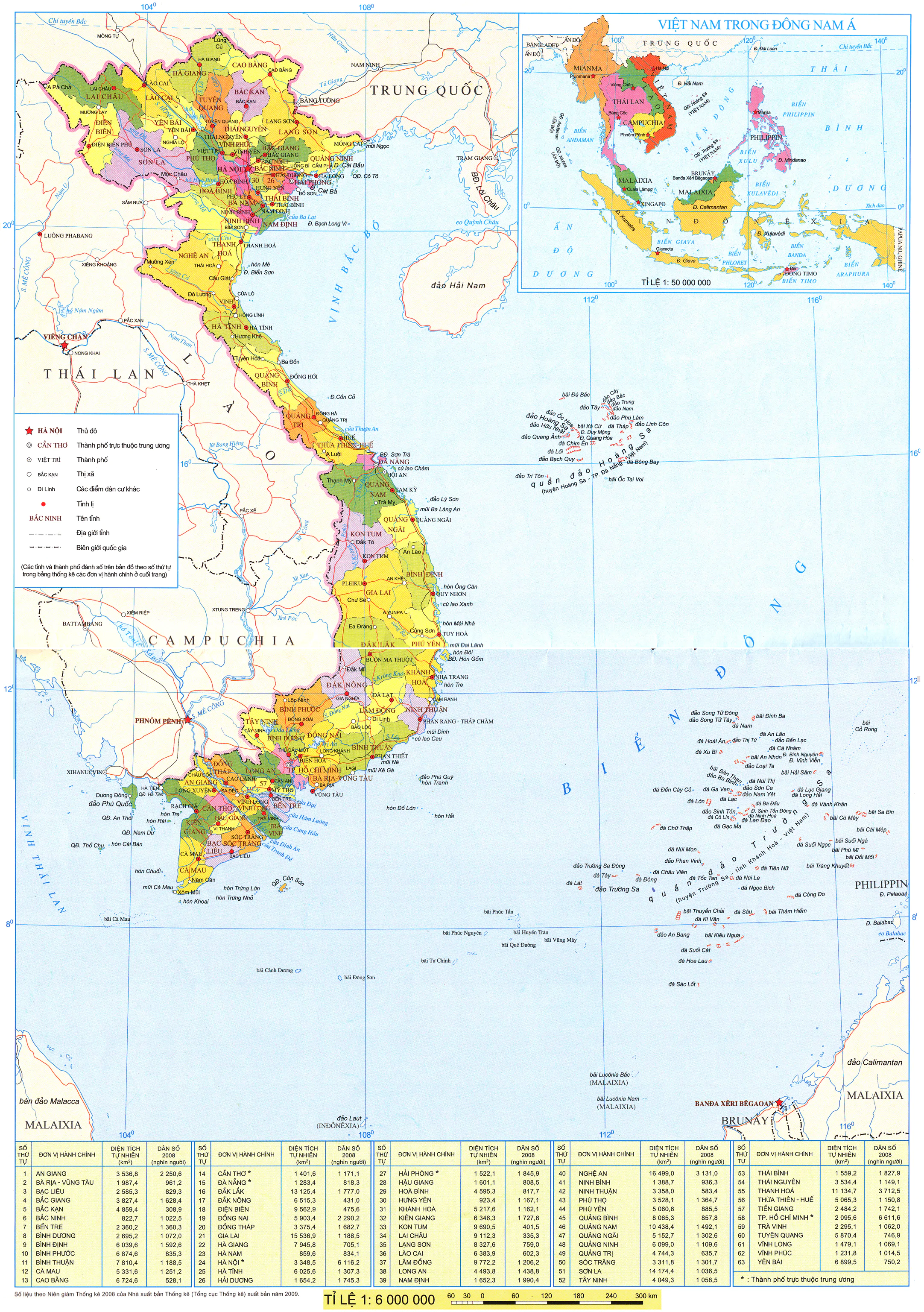















Bình Luận
Để Lại Bình Luận Của Bạn